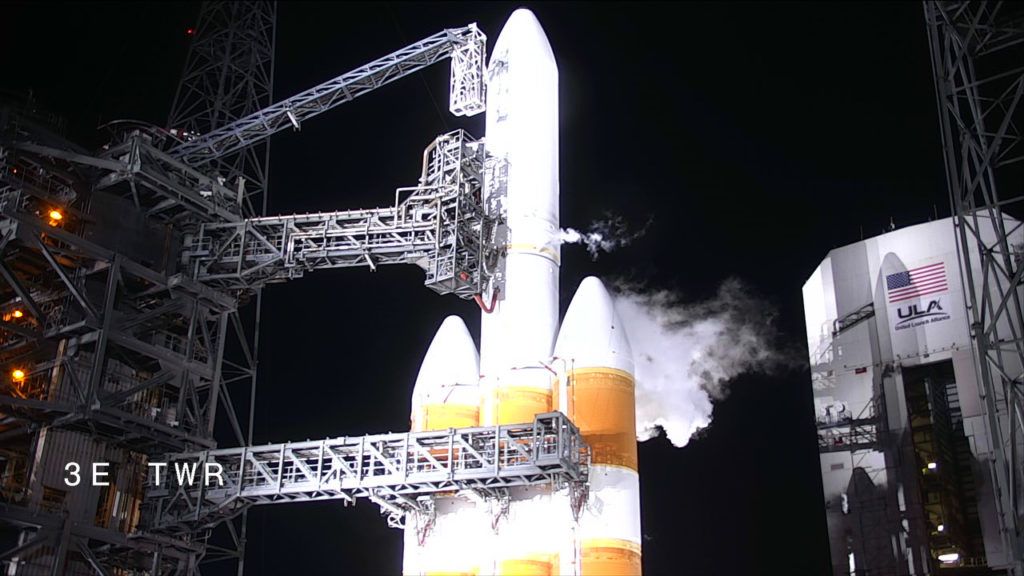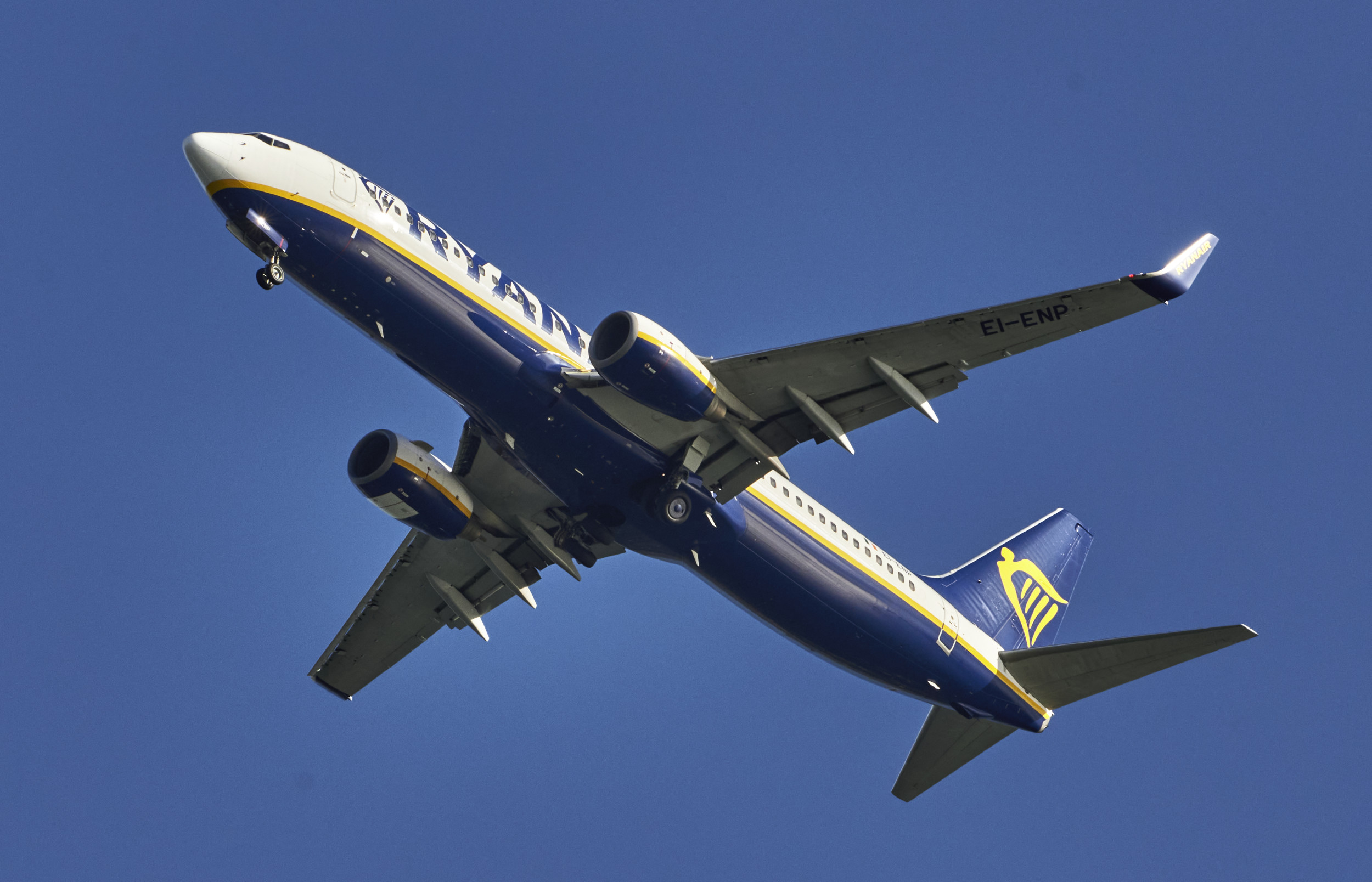
NASA has delayed the launch of the ground-breaking Parker Solar Probe, which will travel closer to the Sun than any other man-made object.
Parker was set to take-off from Cape Canaveral, Florida, aboard a United Launch Alliance Delta IV Heavy rocket at 4:28 a.m. EDT on Saturday. However, the launch was put on hold just two minutes before lift-off as officials investigated an alarm related to a technical fault.
The space agency only had a launch window of 65 minutes due to weather conditions, but the issue could not be resolved before then, meaning it has now been rescheduled for no earlier than Sunday morning at 3:31 a.m. EDT. NASA say there is a 60 percent chance of favorable weather conditions for this launch time.
Parker's current two-week launch period, which began on August 6, has been precisely chosen so that the probe can easily reach its first target Venus, around which it will perform a gravity-assist to give it a boost on its way to the Sun.
During its seven year mission, the car-sized probe, which is equipped with a host of state-of-the-art instruments, will come within 4 million miles of the Sun's photosphere—the lowest layer of its atmosphere—providing scientists with an unprecedented opportunity to study the star.
The data collected will make critical contributions to our ability to forecast major space-weather events that impact life on Earth.
"We've been studying the Sun for decades, and now we're finally going to go where the action is," Alex Young, associate director for science in the Heliophysics Science Division at NASA's Goddard Space Flight Center, said in a statement.
Researchers hope the mission will also shed light on three foundational questions about our star that science has not been able to adequately answer yet.
One of these puzzles is why the corona—the outermost part of the sun's atmosphere, which reaches temperatures of several million degrees Fahrenheit—is hundreds of times hotter than the photosphere. This is counterintuitive, considering that the star's energy is produced in the core.
The second question relates to the acceleration of solar wind—the stream of charged particles that are released from the upper atmosphere. While scientists understand the origins of the solar wind fairly well, it is unclear exactly where this acceleration occurs, although data suggests it takes place somewhere in the corona. To understand more about this, Parker will fly directly through the corona, taking direct measurements as it goes.
Finally, Parker could reveal more about the acceleration of solar energetic particles—high-energy particles that can approach the speed of light as they are ejected from the Sun. These particles are of interest because they can interfere with satellite electronics and pose a danger to life in outer space.
To protect itself it from the extreme heat it will experience, the spacecraft has been fitted with cutting-edge heat-shielding and cooling management systems.
"The Thermal Protection System [the heat shield] is one of the spacecraft's mission-enabling technologies," Andy Driesman, project manager at the Johns Hopkins Applied Physics Lab, said in the statement. "It allows the spacecraft to operate at about room temperature."
The shield consists of a 4.5-inch lightweight, carbon foam core that is 97% air surrounded by two layers of superheated carbon-carbon composite.
The cooling system keeps the solar panels that power the spacecraft at a temperature allowing them to operate, even when exposed to the star's extreme heat. Meanwhile, an advanced on-board fault management system will self-correct any problems during the long periods of time when the probe can't communicate with operators on Earth.
"By studying our star, we can learn not only more about the Sun..." Thomas Zurbuchen, associate administrator for the Science Mission Directorate at NASA HQ, said. "We can also learn more about all the other stars throughout the galaxy, the universe and even life's beginnings."
Uncommon Knowledge
Newsweek is committed to challenging conventional wisdom and finding connections in the search for common ground.
Newsweek is committed to challenging conventional wisdom and finding connections in the search for common ground.
About the writer
Aristos is a Newsweek science reporter with the London, U.K., bureau. He reports on science and health topics, including; animal, ... Read more
To read how Newsweek uses AI as a newsroom tool, Click here.








